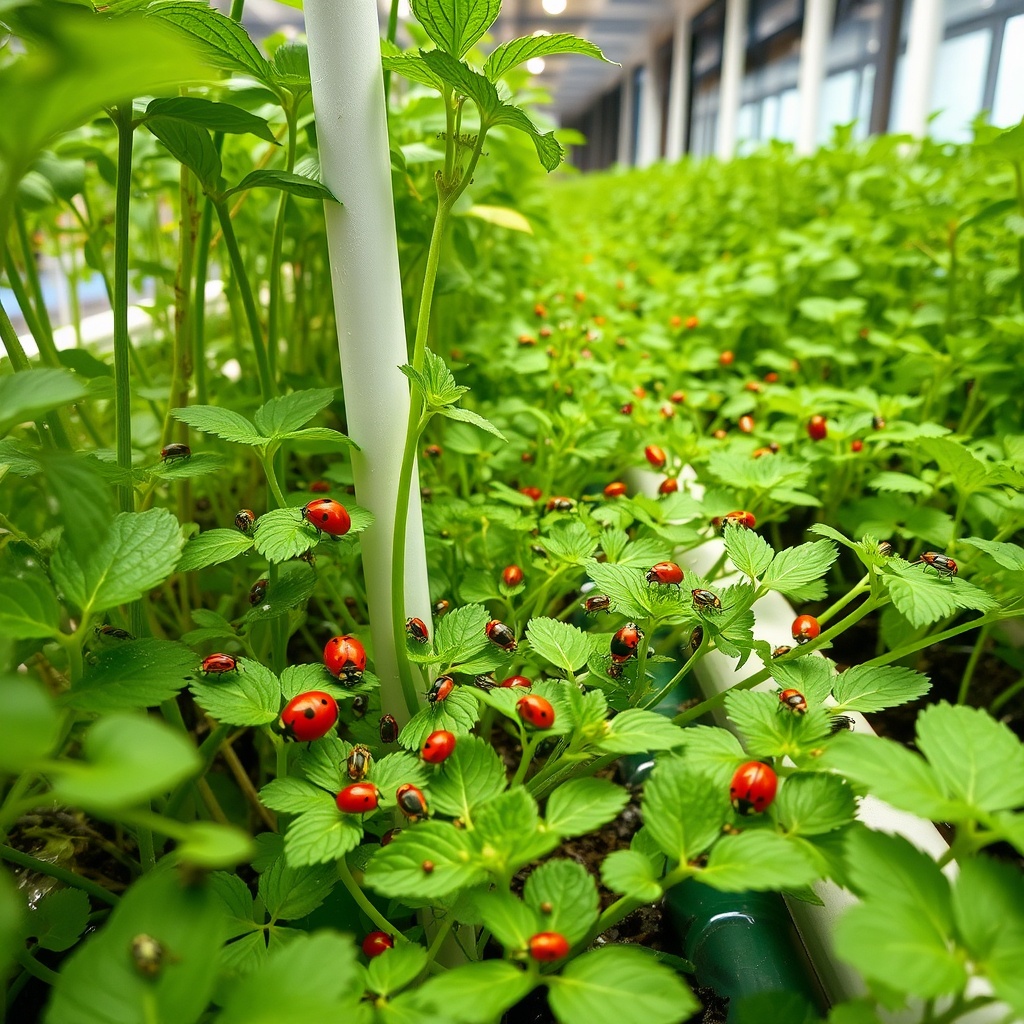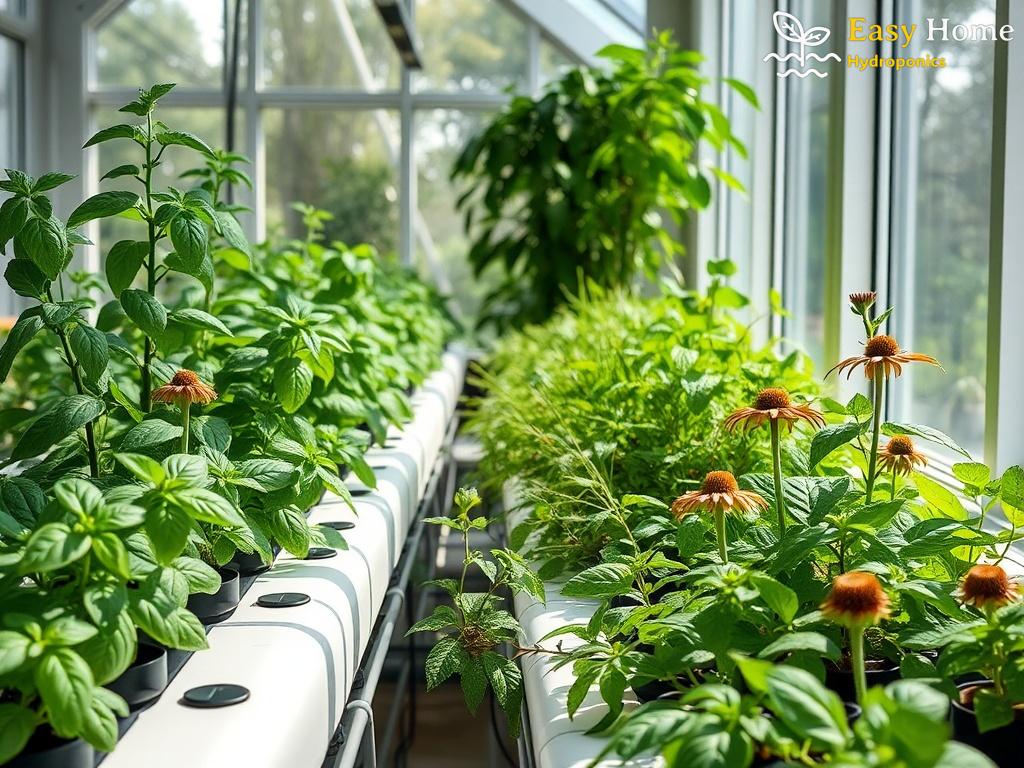Understanding the Role of Beneficial Insects

In the ever-evolving world of agriculture, the integration of beneficial insects into hydroponic gardens stands as a beacon of hope for sustainable practices. These small but mighty creatures play a pivotal role in maintaining ecological balance, offering a natural solution to pest management while enhancing the growth of plants. By understanding their roles, gardeners can create a thriving ecosystem that not only supports plant health but also promotes biodiversity.
Creating a Harmonious Environment

To successfully integrate beneficial insects, it is crucial to cultivate an environment where these allies can flourish. This involves selecting the right combinations of plants that attract beneficial species, such as ladybugs, lacewings, and parasitic wasps. These insects can help control harmful pests naturally, reducing the need for chemical pesticides and fostering a healthier garden. Here’s a list of key plants that can attract beneficial insects:
- Marigolds: Known to repel pests while attracting pollinators.
- Borage: Provides nectar for bees and attracts predatory insects.
- Dill: A favorite for parasitic wasps that control aphid populations.
- Nasturtiums: Acts as a trap crop, drawing pests away from the main plants.
Embracing a Holistic Approach
Integrating beneficial insects is not just about adding a few ladybugs to your hydroponic garden; it’s about embracing a holistic approach to gardening. By fostering a diverse ecosystem, you can improve the resilience of your plants against diseases and pests. Regular monitoring and understanding the life cycles of beneficial insects will help you create a sustainable garden environment. As you nurture these relationships, watch as your garden transforms into a vibrant ecosystem, rich with life and productivity.




